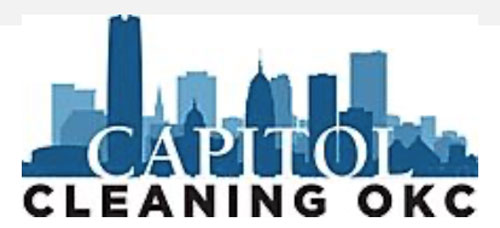The water system in Oklahoma City began in 1889, when the city was merely a thriving prairie encampment. Over a century later, Oklahoma City’s supply is going to endure because of the unwavering dedication of visionary leaders who recognized the need to increase our supply for coming generations.
Five surface reservoirs spanning 250 miles between northwest and southeast Oklahoma provide the drinking water for OKC. The Hefner and Stanley Draper reservoirs in Oklahoma City, the Canton reservoir in northwest Oklahoma, and the McGee Creek and Atoka reservoirs in southeast Oklahoma are examples. Rainfall in the spring and summer causes raw water to build up in reservoirs. Before it reaches our reservoirs, it picks up naturally existing minerals from rocks and soil, agricultural pesticides and herbicides, and microbes from human or animal activity.
After entering the North Canadian River, Canton water is redirected to the Hefner Reservoir for purification. The Draper Treatment Plant treats water from southeast Oklahoma after it passes through the 100-mile Atoka pipeline, which was built in 1962 and empties into the Stanley Draper Reservoir.
The EPA controls the amount of pollution in public water systems to guarantee that tap water is safe to consume. Certain contaminants may raise issues with color, taste, or odor, but they are not always the cause of health issues.
Septic tanks, wastewater treatment facilities, livestock, and wildlife can all harbor bacteria and viruses. Salts and metals are examples of inorganic contaminants that can be found naturally or as a result of stormwater runoff, home or industrial wastewater discharges, oil and gas production, or farming. Pesticides or herbicides that originate from home use, urban runoff, or farmland are examples of inorganic contaminants. Synthetic and volatile organic chemicals are examples of organic chemical contaminants. These are byproducts of petroleum production and industrial operations, but they can also originate from septic tanks, gas stations, and urban stormwater runoff. Radioactive pollutants may arise naturally or as a consequence of mining or the extraction of oil and gas.
Our two water treatment facilities, Hefner and Draper, continuously treat the water in Oklahoma City. They take raw water from the Hefner and Draper reservoirs and filter it to get rid of pollutants and dangerous microorganisms. They then disinfect it with a small amount of ammonia and chlorine before releasing it into our distribution network. We also participate in the U.S. Community Fluoridation Program, which adds fluoride to help prevent tooth decay.
Throughout the procedure, operators perform quality control checks to guarantee treatment accuracy. Each plant undergoes weekly testing by environmental chemists from the city’s water quality laboratory, which also collects monthly samples from 260 state-approved locations spread across the distribution network. The Oklahoma Department of Environmental Quality (ODEQ) receives data reports every month. As part of the Safe Drinking Water Act of 1974, staff adhere to water safety and regulatory standards in close coordination with the ODEQ and EPA.
Trending Now
Hot
Latest Trending
Waterway Clean Sweep Program
By participating in the Waterway Clean Sweep Program as a volunteer, communities, businesses, and people alike have the opportunity to make a substantial contribution to their own communities. Interested parties can apply to organize their own clean-up date or join...
M20 Sweeper-Scrubber cleaning machine
The Capitol Cleaning crew is more efficient without the need for multiple machines. This state of the art integrated cleaning machine has technology that combines exceptional sweeping and scrubbing performance. Able to clean outdoors and indoors, this versatile M20...
Scissortail Park
The new park promotes a healthy lifestyle This $132 million, 76 acre park extends from the Oklahoma River to downtown Oklahoma City. Part of MAPS3, Scissortail Park opened in 2019 with 40 acres opening in 2022 south of the Skydance Bridge. The bridge is a...
